Birds are the only animal on the planet with feathers, which sets them apart from any other species. But birds have striking similarities to other animals that used to exist on the Earth which raises questions about their classification. So, are birds just birds or are they mammals…or even reptiles?
Birds are reptiles, not mammals. They share a more recent common ancestor with reptiles than they do with any other animal on Earth. A great deal of fossil evidence shows they evolved from Dinosaurs which were reptiles. Birds are not mammals as they do not share the defining traits of mammals.

Read on to discover how birds evolved from dinosaurs and more about what sets them apart from mammals. We will also take a closer look at the similarities birds have with reptiles. Though they look almost entirely different from each other, birds and reptiles have more in common than you might think.
As an Amazon Associate, I earn from qualifying purchases. Birdwatch World earns commissions from Amazon and similar affiliate programs from any purchases made via links in this article.
Birds Vs Reptiles Comparison
The table below shows the common traits of reptiles and how many of them are shared with birds:
| Trait | Reptiles | Birds |
|---|---|---|
| Vertebrates (have a backbone) | ✅ | ✅ |
| Ectothermic (mostly) | ✅ | ❌ |
| Dry, scaly skin | ✅ | ✅ |
| Shed their skin/feathers (molt) | ✅ | ✅ |
| Lay eggs (mostly) | ✅ | ✅ |
| Do not have outer ears | ✅ | ✅ |
| Breathe air via lungs | ✅ | ✅ |
You can see that it’s amazing just how many traits birds share with reptiles.
Discover how birds make eggs in this article here on my blog.
Traits That Birds Do And Don’t Share With Reptiles
Commonly, a reptile has certain traits that make it a reptile. Having scales all over their bodies, laying eggs, and being cold-blooded are things we generally associate with reptiles. However, not all reptiles have these traits.
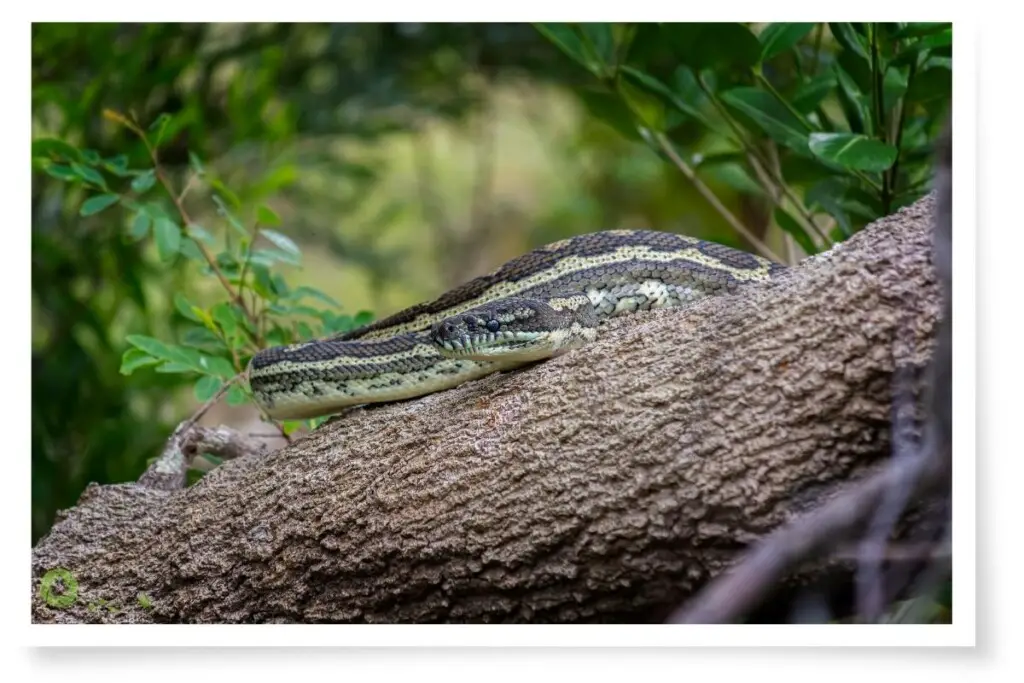
Discover how birds hear in this post here on Birdwatch World.
Reptiles Are Cold-Blooded
Firstly, cold-blooded is a misnomer. Reptiles do not have cold blood and in some cases warm their blood to temperatures far hotter than human blood. Our blood is kept at around 98.6°F (37°C). Some lizards will bask in the sun until their blood is around 110-120°F (43.3-48.9°C)?!
Reptiles are what is called Ectothermic, meaning they get their heat from outside sources such as the Sun or warm surfaces such as rocks. We are Endothermic meaning we generate most of our heat internally from the food we eat. Birds are also endothermic.
There are however reptiles that are partially endothermic, such as the Argentine Black and White Tegu.
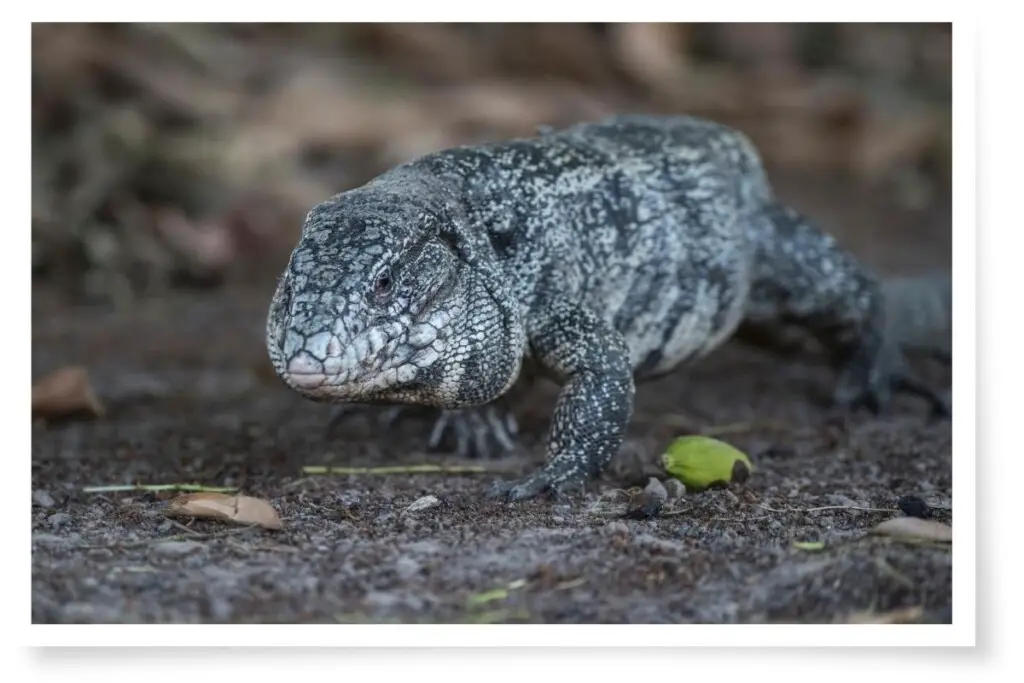
These large lizards from South America can generate some heat internally either from their food or by secreting certain hormones that cause their tissues to go into overdrive.
Reptiles Lay Eggs
Like birds, reptiles lay eggs. However, there are exceptions to this rule in many reptiles such as Boas.
Every species of Boa Constrictor gives birth to live young as do some Vipers, Garter Snakes, and Skinks. Around 30% of all snakes and 17% of all lizards give birth to live young.
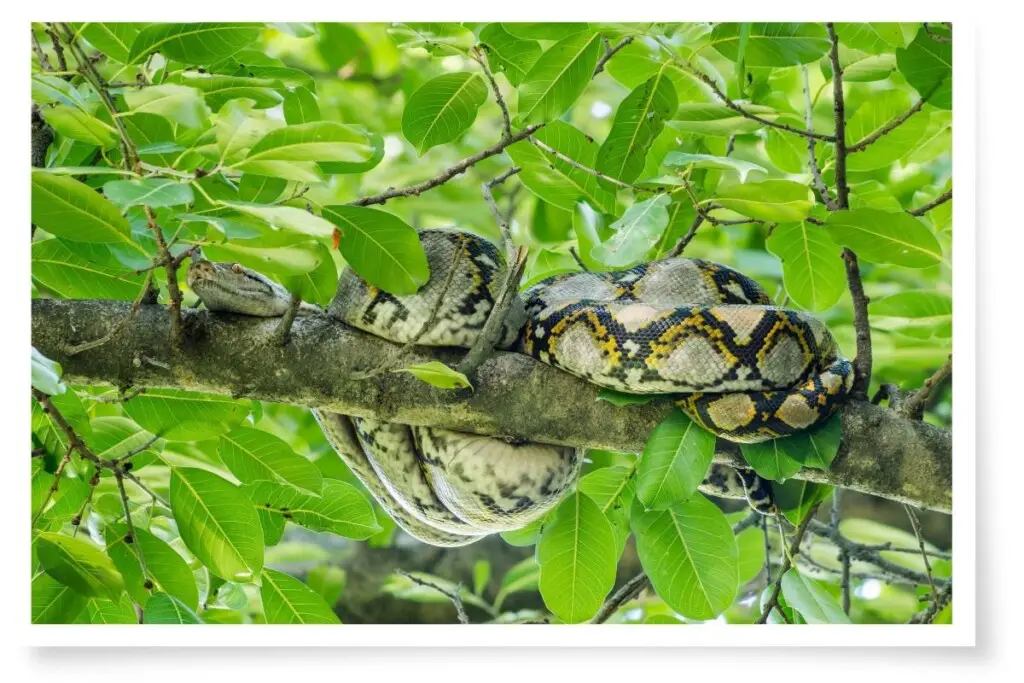
There are no birds that give birth to live young.
Dive deeper into the subject of birds giving birth to live young in this article.
Reptiles Have Scales
The most common thing anyone could tell you about reptiles is that they have scales. This is of course something that birds don’t have…or do they?
If you look closely at the legs of many birds, you will see scales. Even feathers are modified scales that gradually changed during the course of evolution. Feathers and scales are even made from the same substance – keratin.
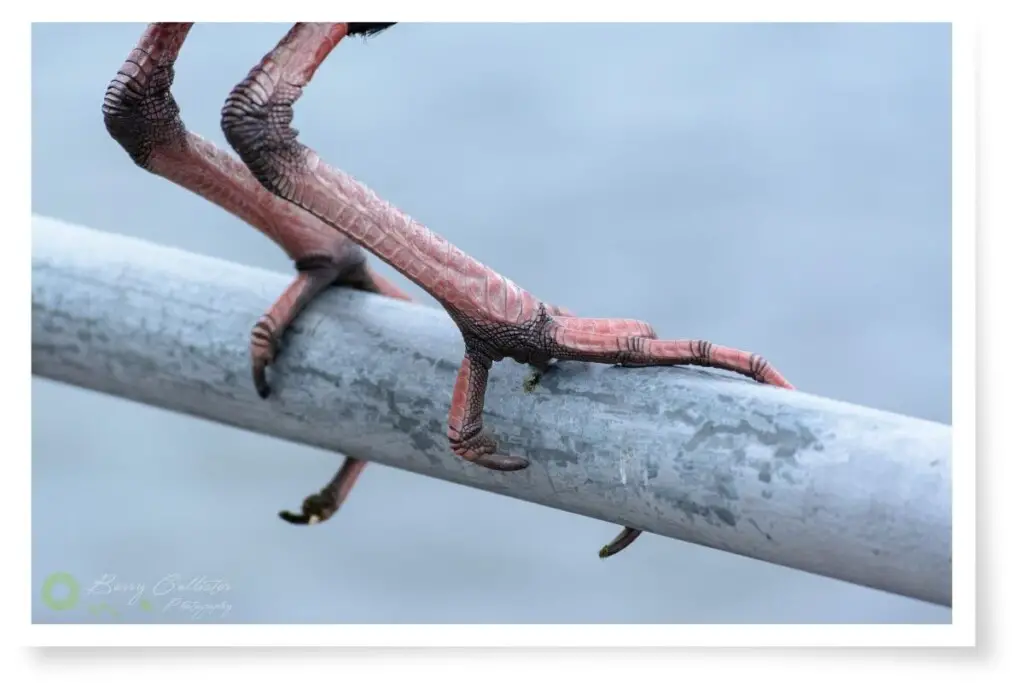
Bird legs are very reptilian in appearance.
Birds Vs Mammals Comparison
| Trait | Mammals | Birds |
|---|---|---|
| Endothermic | ✅ | ✅ |
| 4 limbs | ✅ | ✅ |
| Feed milk to young | ✅ | ❌ |
| Have hair | ✅ | ❌ |
| Jaw hinged to skull | ✅ | ❌ |
| Hear via bones in middle ear | ✅ | ✅ |
| Have a diaphragm | ✅ | ❌ |
| Nonnucleated blood cells | ✅ | ❌ |
The table above shows how birds do have some things in common with mammals, however, they have more differences.
Traits That Birds Do And Don’t Share With Mammals?
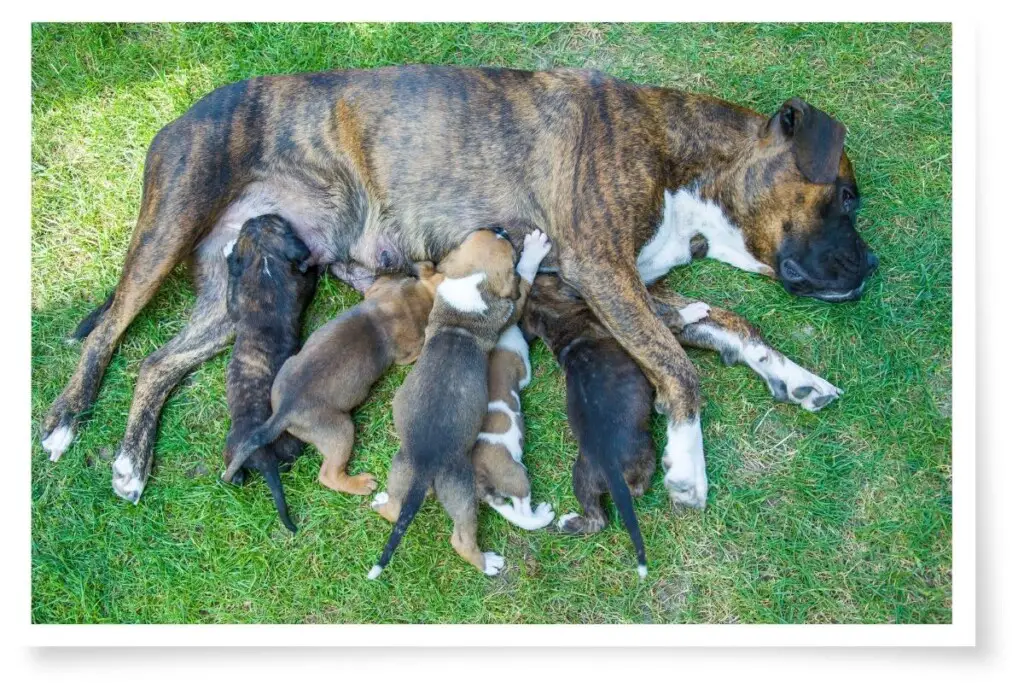
All mammals have the following traits:
- Warm-blooded (Endothermic)
- Have 4 limbs (except some aquatic species)
- Females secrete milk to feed young
- Have hair
- Jaws are hinged directly to their skulls
- Hear via bones in the middle ear
- Have a diaphragm
- Nonnucleated (have no nucleus) blood cells
Did Birds Evolve From Dinosaurs?
Many dinosaurs evolved into birds hundreds of millions of years ago and the proof is in the rocks beneath our feet.
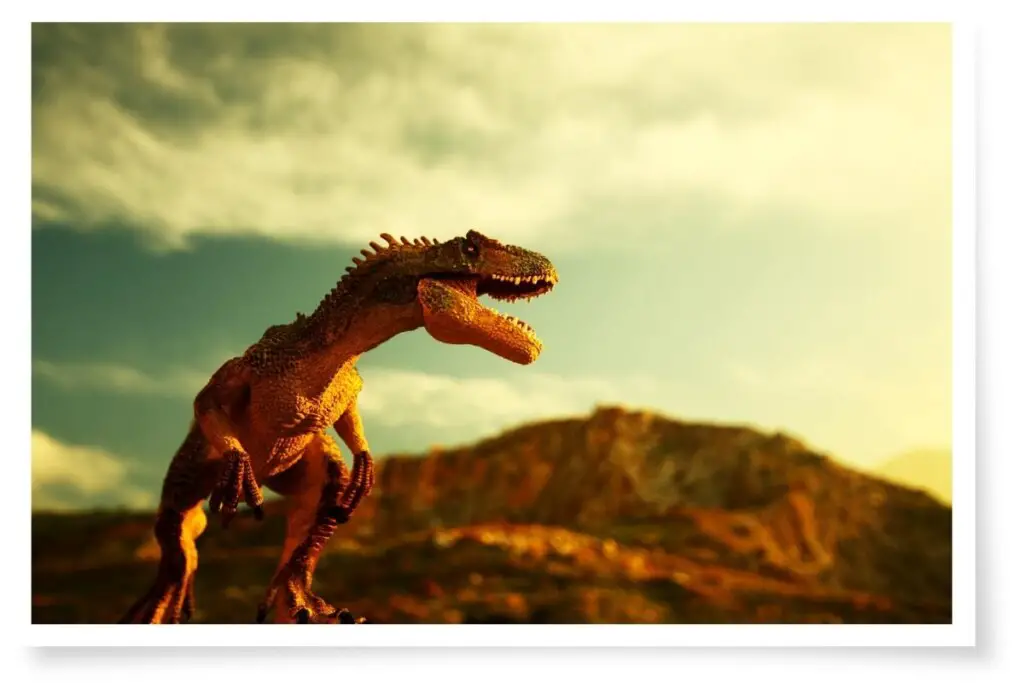
In the German state of Bavaria, around a hundred kilometers from Munich (as the dinosaur flies) the countryside is studded with limestone quarries. It was in one of these quarries in 1860 that a worker made an astonishing discovery – a feather.
This feather, perfectly imprinted into a thin limestone slab, looked scarcely different from a feather any of the birds we know today might shed onto the ground.
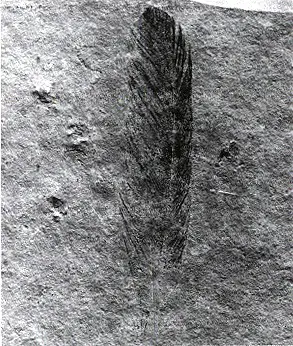
This discovery created more questions than it answered. The answers would come just a year later in another quarry a few miles away. An almost full skeleton of a bird-like creature around the size of a chicken was found, surrounded by detailed impressions of feathers.
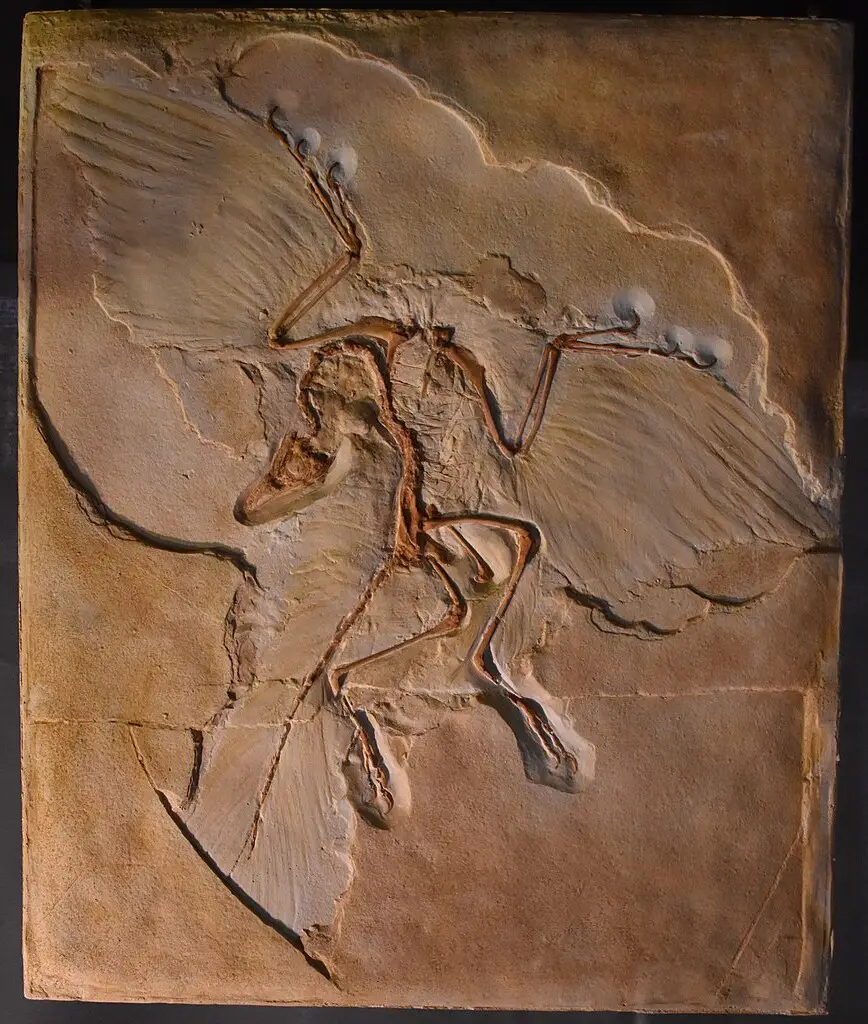
This was a strange-looking bird. It had a long bony tail, and three separate digits on each foot with curved claws, and later finds revealed the skulls of these animals contained bony jaws with teeth instead of beaks. This animal was clearly a mix of bird and reptile.
This animal was given the name Archaeopteryx. 12 different specimens of this creature have since been found.
An article written for Scientific American in June of 2019 states that the original feather considered to be from Archaeopteryx in fact may have come from a completely different animal. There may have been more than one bird-like dinosaur flying around all those millions of years ago.
How Archaeopteryx Might Have Lived
Archaeopteryx has been the center of a lot of debate among scientists about how it might have lived. It is thought it might have lived in trees and its bones provide a couple of clues to this.
The first clue is the clawed fingers on its wings.
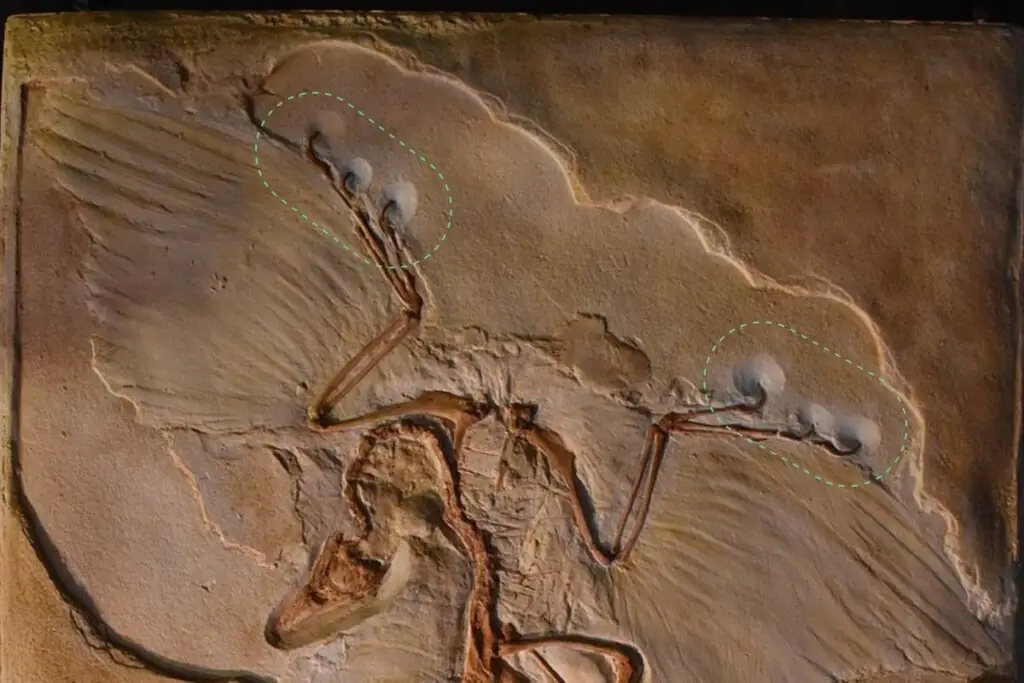
There are birds alive today that have the same clawed fingers on their wings. One such bird is the Hoatzin which lives in South America. Young hoatzin chicks have two claws on each wing which they use to cling to thin branches of trees.
The rear toes of archaeopteryx are pointed backward as they do in many modern birds that use them to grasp perches.
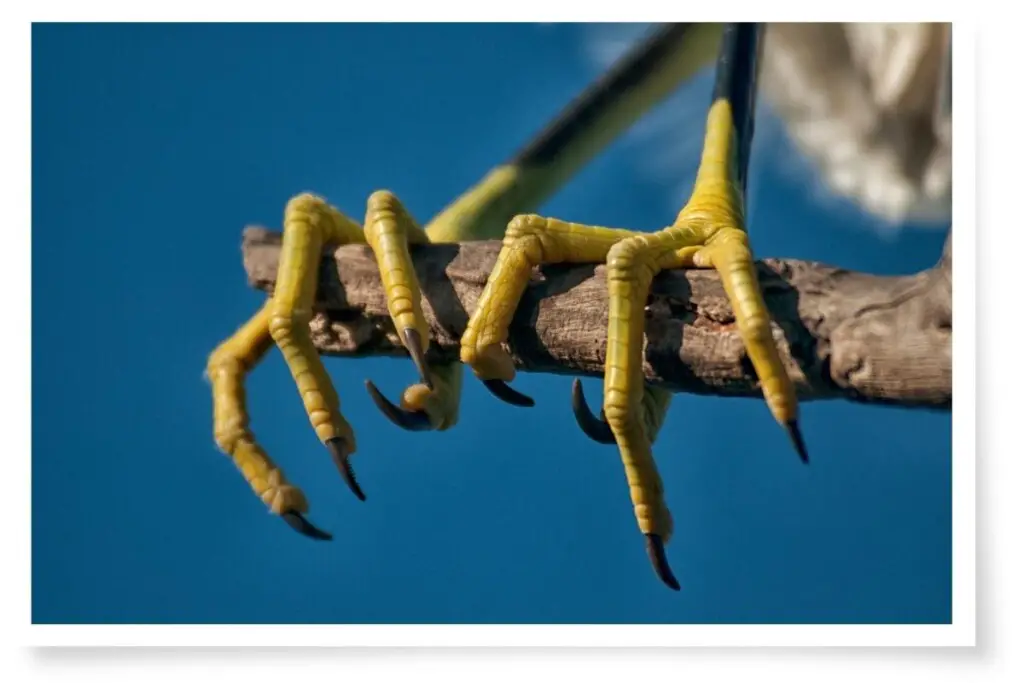
One further clue which hinted towards archaeopteryx being a tree-dweller was the well-preserved tails of the specimens. If these creatures had been ground dwellers, their tails would have become disheveled from scraping along the ground.
But if this ancient cross between a bird and a dinosaur lived in the trees and also had wings, could it fly? Or did it merely use its wings to glide from one tree to the next?
Did This Ancient Bird Fly?
One of the mechanisms birds have that enables them to fly is that their wings muscles are anchored to their large breastbones.
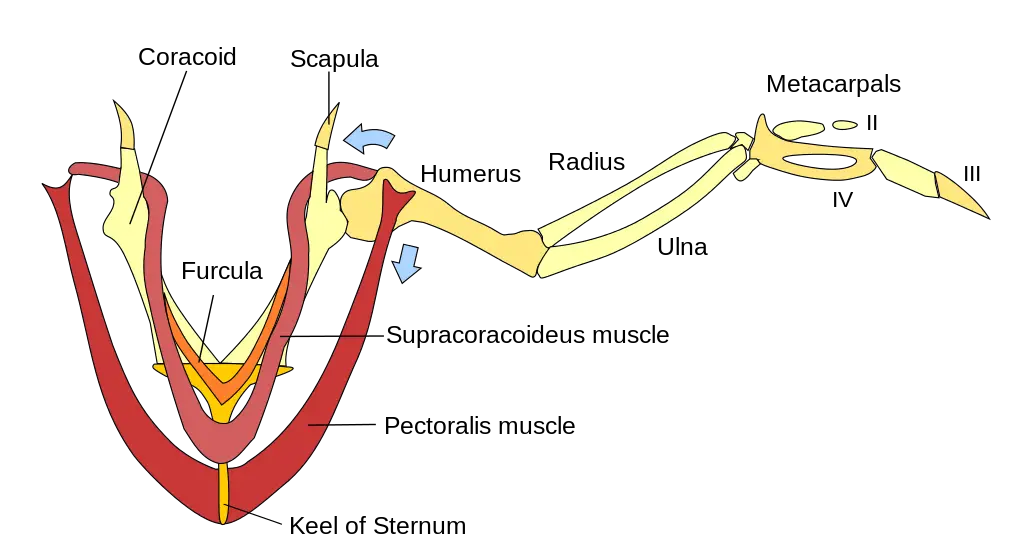
The first specimens of archaeopteryx had no evidence of muscle structure like this which lead scientists to surmise that this creature must have simply glided from tree to tree.
This changed with the discovery of the seventh archaeopteryx fossil in 1992. This specimen was smaller than others and contained other differences which lead scientists to believe it to be a different species. It was therefore given the name archaeopteryx bavarica.
This fossil had a large bony breastbone which was more than sufficient to anchor wing muscles.
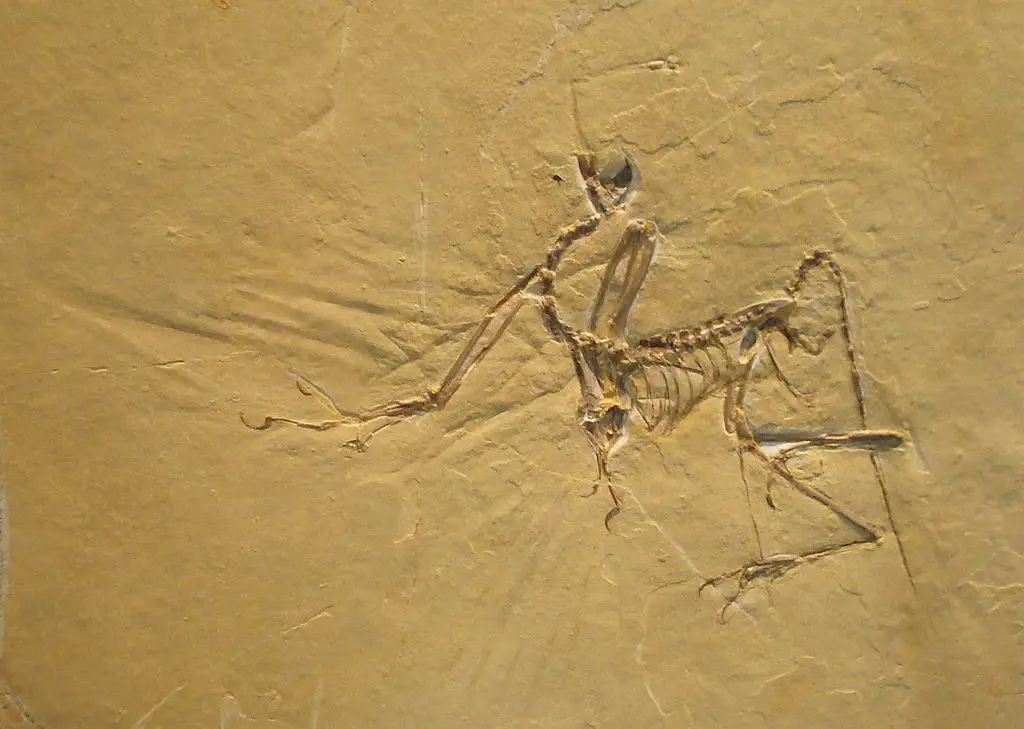
This was all the proof needed to believe that these amazing creatures must have flown. Just imagine them gliding and flapping through lush ancient forests.
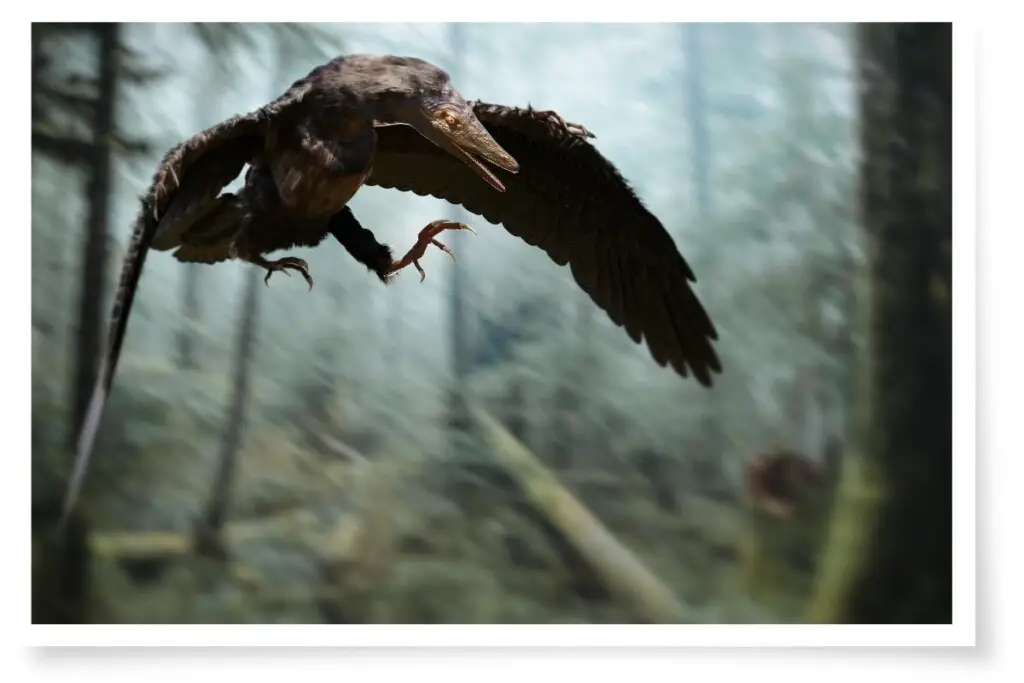
The Transformation From Dinosaur To Bird
If birds did evolve from dinosaurs, how did that evolution take place? What natural occurrences or forces pushed a species to develop feathered wings and take flight?
Archaeopteryx was so similar to small dinosaurs that one specimen spent decades in a museum classified as a dinosaur until faint impressions of feathers were discovered around its forelimbs.
These small dinosaurs were possibly predators that chased after their prey. Such activity requires a great deal of energy and to produce such energy, an animal’s body must be warm.
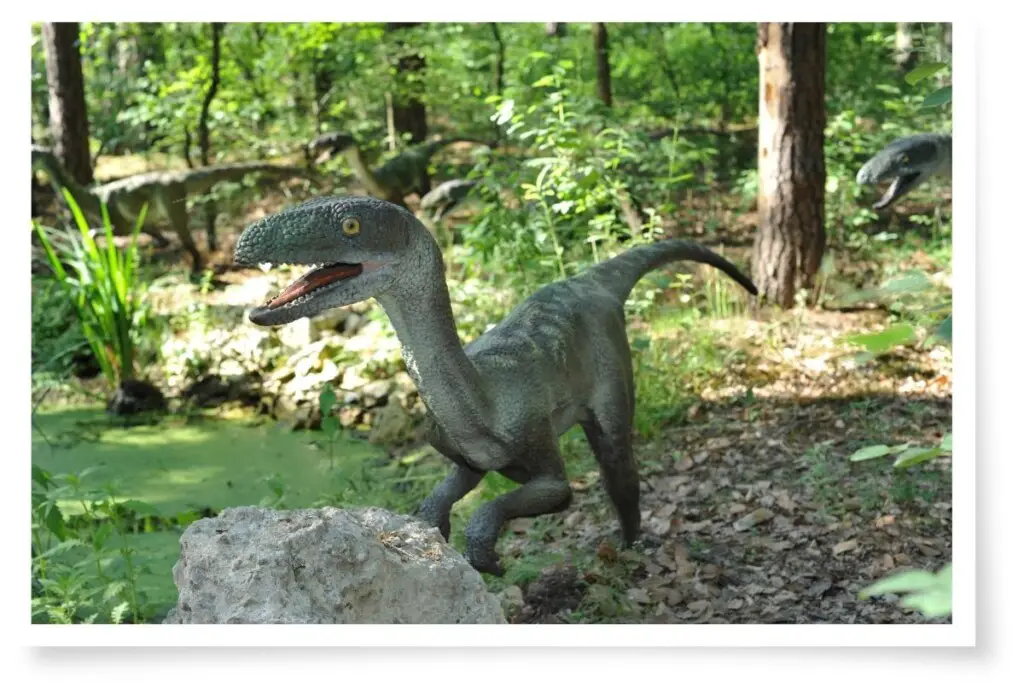
Learn how birds fly in this post here on my blog.
Some believe that Velociraptors were endothermic, like mammals. This would have been an advantage to them as it would have allowed them to be active in the early morning when their prey was still cold and sluggish.
If this is the case, then acquiring an insulating coat would have been invaluable. It is not a stretch of the imagination to believe that the scales of such animals could have, over many generations, become longer and fibrous to provide this insulation.
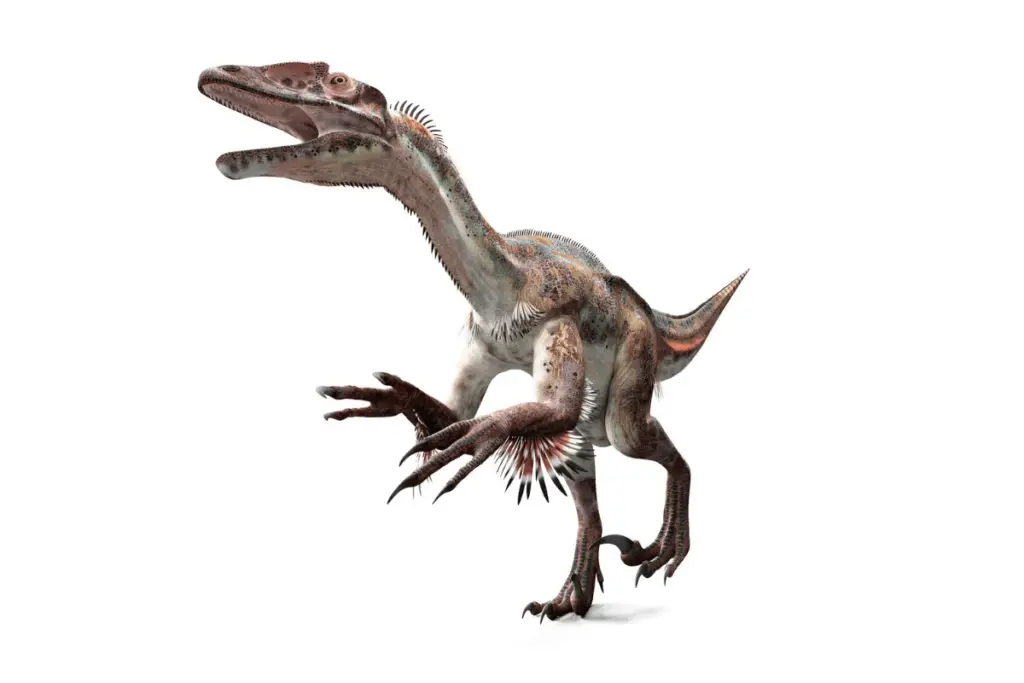
If these small dinosaurs ate large insects which is quite possible, then it is also possible they may have had to rise up onto their hind legs to catch these insects. This would leave their forelegs free.
It makes sense then to have these forelegs covered with fibrous scales which would then enable the creature to rise into the air to catch a flying insect just beyond reach.
From here it is a logical progression, in evolutionary terms, to the development of more and more feathers and a body more suited to flight for longer periods.
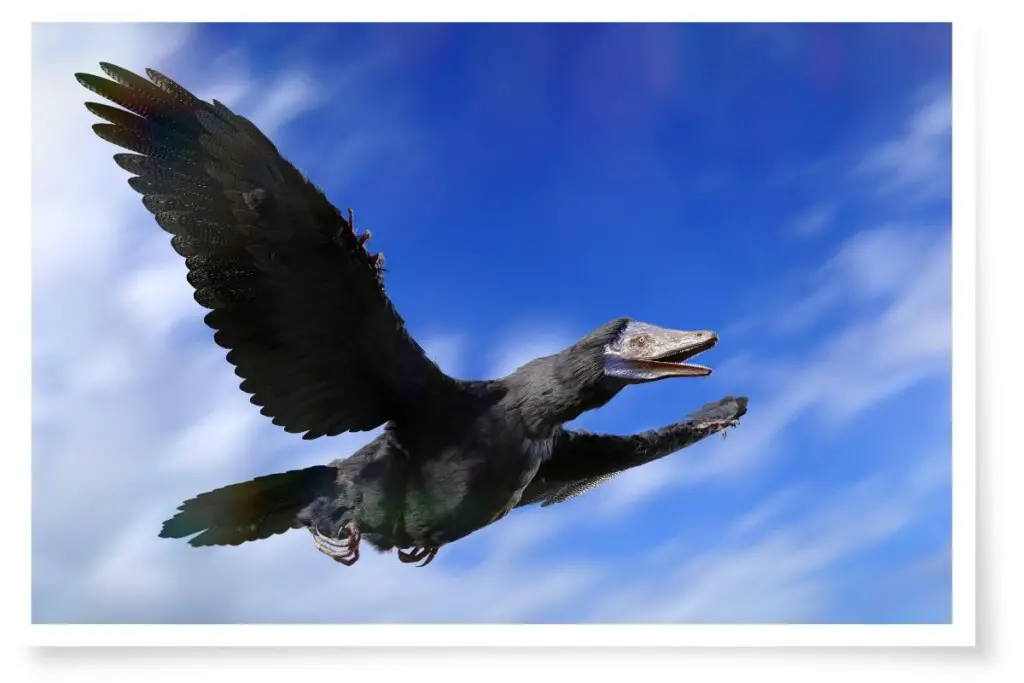
The transformation from dinosaur to bird is complete…
The Closest Living Relative Of Birds
Are you sitting down? If not, you may want to before you read this…
Birds are most closely related to Crocodiles. Yes…crocodiles?!
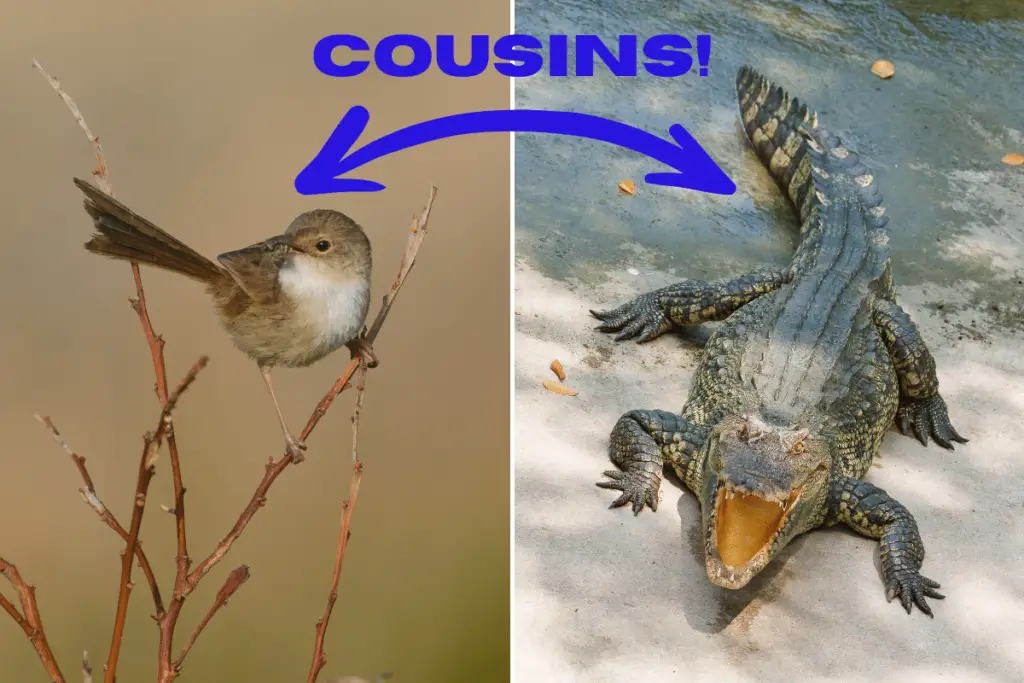
Now, to explain this, I would have to type another 3000 words or so, so instead, I will leave it up to this video from LMSD Science on YouTube to explain it to you:
Is this such a stretch of the imagination? If you go back far enough in the evolutionary tree, WE are related to crocodiles too! Heck, if you go back to the beginning of life on Earth, we all originated from the same organism.
I will leave you with that thought…
References
- Birds Are Reptiles? – Clint’s Reptiles on YouTube
- Taxonomy: Life’s Filing System – Crash Course Biology #19 – CrashCourse on Youtube
- First warm-blooded lizards switch on mystery heat source at will – NewScientist
- Iconic Fossil Feather Probably Didn’t Belong to Archaeopteryx – Scientific Amercian
- The Life Of Birds – David Attenborough
